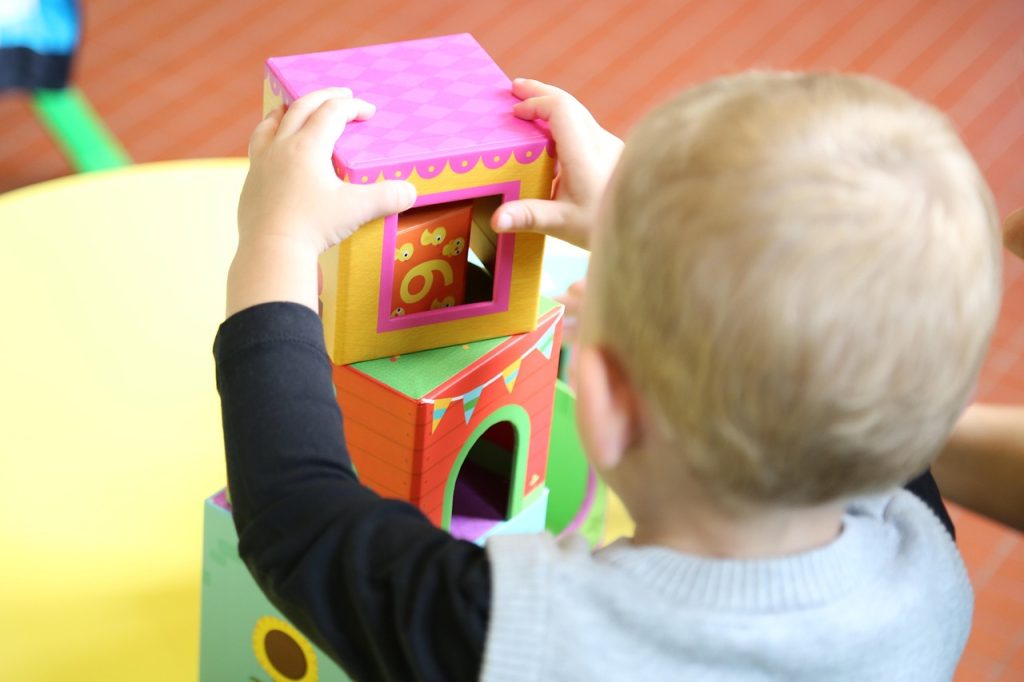HM Revenue and Customs (HMRC) have released their latest figures on the take-up of Tax-Free Childcare. For the 2024-25 tax year, almost 826,000 families saved up to £2,000 per child. During March 2025, 579,560 UK families used the scheme, a 16% increase on the number using the scheme in March 2024.
What is Tax-Free Childcare?
The Tax-Free Childcare scheme allows parents to deposit money in a Tax-Free Childcare account, where the government provides a 25% top-up up to a maximum of £2,000 per child (or £4,000 if the child has a disability). For example, if parents deposit £8, the government provides a £2 top up. The money held on deposit can be used whenever needed to pay for childcare.
Who is Eligible?
Families are eligible for the scheme if they have a child or children aged 11 or under, and a parent (or the parent’s partner) working an average of at least 16 hours a week and earning the National Living or Minimum Wage, up to a maximum adjusted net income of £100,000 per person.
Families cannot qualify if they already receive Universal Credit or childcare vouchers. Eligibility ends on the 1st September after the child turns 11, or for children with a disability, eligibility continues until the 1st September after they turn 16.
What are the benefits for employers?
If you are an employer with staff who are parents, making them aware of this scheme may help to ease the financial burden of childcare for them. This could promote their wellbeing but also reduce the chances of you losing trained and valuable members of your team.
The scheme may also help parents in returning to work after having a child, allowing the business to continue to benefit from the experience and training you have invested in them.
For further information about Tax-Free Childcare and how parents can register, see: https://www.gov.uk/tax-free-childcare



